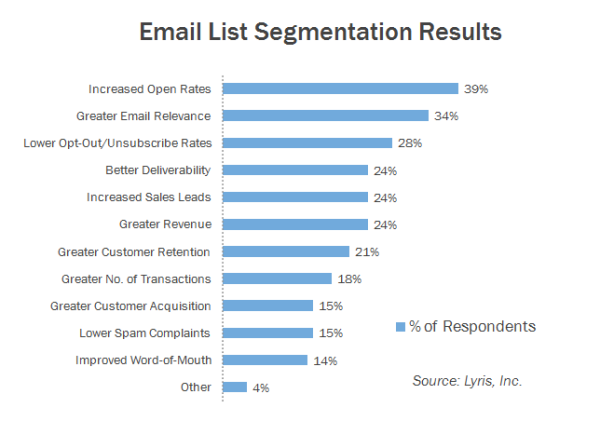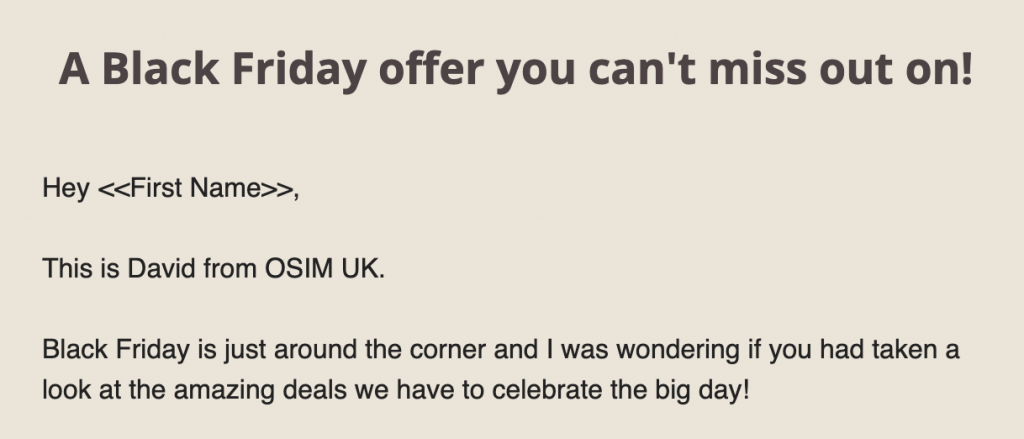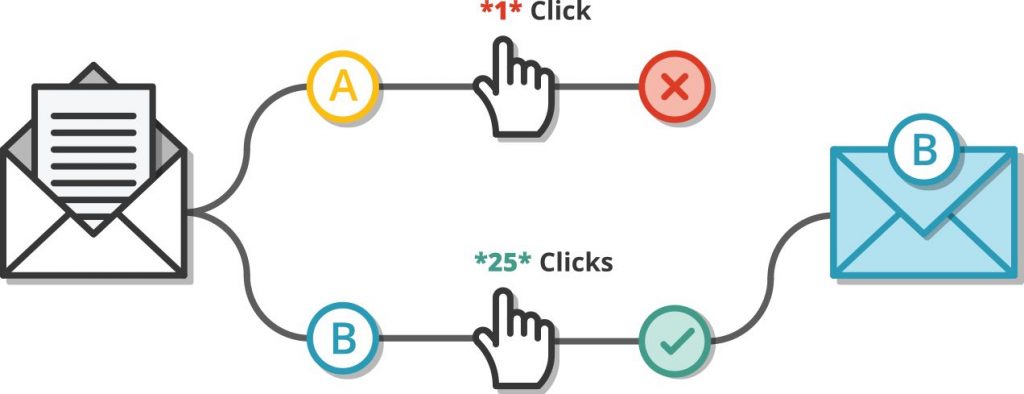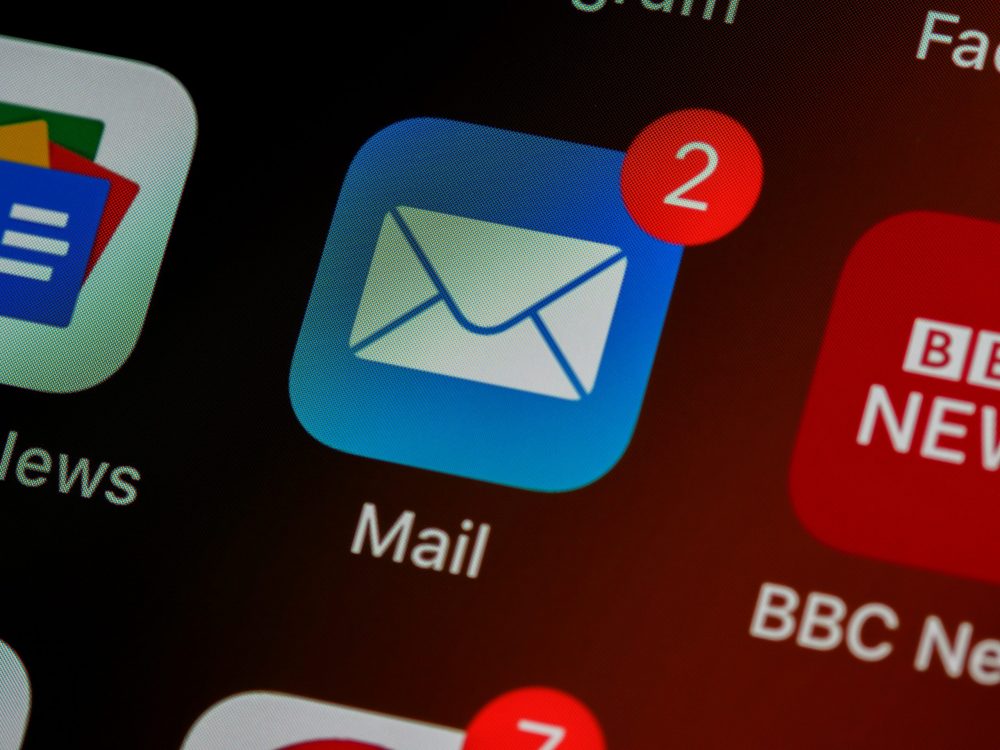The power of email marketing is well documented. It’s stood the test of time, since it’s introduction all the way back in 1978, and it’s still as effective as ever, even in 2022. Great email marketing can garner results that many other digital marketing strategies cannot. It has the power to attract new customers, retain existing ones and build a strong connection with your audience.
But with all marketing strategies, email marketing can be easy to get wrong. And when that happens, it becomes a time sink and perhaps more importantly, a money sink for your business. In this article, we take a look at the do’s and don’t of email marketing to help you create a 2022 strategy that will net you the results you and your business are looking for. Let’s get started!
DO: Segment your contact list
Just because you have a large contact list doesn’t mean you should be sending every email you make to your entire list. Instead, you should be segmenting your list into smaller groups, whether it be based on geographic location, demographics or their current place within the buyer’s journey.
But why do this? Segmentation allows you to send more relevant and valuable marketing emails to your contacts. The more relevant your email is, the more likely your contacts will engage with it. It also encourages them to move along the customer journey, from top level awareness to converted, paying customers.

DON’T: Purchase contact lists
One of the biggest mistakes you can make as an email marketer is purchasing contact email lists. We understand that it may be tempting to do so, since you’re getting immediate access to a lot of potential customers. But doing so comes with a lot of negatives.
Firstly, a lot of email marketing service providers will downright prevent you from sending emails to purchased contacts. Many contacts and email addresses in these lists are also irrelevant to your business – these people don’t know you nor do they want to – which gives you a very low ROI. This will also have a negative impact on your business reputation and image. Avoid it at all costs!
DO: Use effective subject lines
Our next set of do’s and don’t of email marketing revolves around subject lines and preview texts. One big ‘do’ is the use of effective subject lines. What do we mean by this? Subject lines are the first piece of text recipients see when an email lands in their inbox. Like a headline to an article it acts as a preview or teaser of what the email contains.
A subject line can make or break your email marketing campaign. A good subject line will compel recipients to open up your email. But what makes an effective subject line? They should be:
- Short
- Attention grabbing
- Curiosity-invoking
- Not overly promotional
An example of a great subject line could be, ‘Come back to your cart!’ or ‘You’re missing out on this deal!’.
DON’T: Neglect the preview text
Right after the subject line comes an email’s preview text. Preview texts act like a subject line; it provides more information about the email’s content. But many people completely forget about this little line of text, not realising its potential to sway recipients to open the email.
Preview texts can be used to provide that extra little detail or tease that will result in an open. They are also a great way to separate your email from the potential thousands of other emails lying in their inbox. You can use them to tease a little more about your email (change the way you shop, click inside to find out more!) or to create a sense of urgency or exclusivity (don’t miss out on this exclusive promotion!).
DO: Send personalised emails
When it comes to the do’s and don’t of email marketing, we can’t go without mentioning personalisation and the content of your email. Personalisation is one of the most effective, yet overlooked, aspects of email marketing. It’s power cannot be understated. 80% of consumers are more likely to buy from a brand that provides personalised experiences.

Getting started with personalised emails can be as simple as including first names in subject lines of the opening lines of your email’s copy. But it can go further than that, such as sending timely and relevant emails. We mentioned it before, but emails that contain content that is relevant to a person’s circumstances have shown to attract higher open rates and click rates!
DON’T: Forget to include clear CTAs
Call-to-action buttons (CTAs) are the gateways that connect an email to your desired location, whether it be a landing page, checkout cart or sign-up form. That means that they need to be prominently displayed in your email. You should make it as easy as possible for readers to find.
To make your CTAs as clear as possible, make them stand out within the content of your email. Use bold buttons with distinguishable colours, and with copy that attracts readers such as ‘GET X% OFF NOW’. Also, don’t forget to double check and make sure your button links to the appropriate destination – it’s one of email marketing’s most common mistakes!
DO: Utilise split testing
The last do’s and don’ts of email marketing is concerned with testing and optimisation. Split testing or A/B testing is one of the most powerful ways to improve the performance of your emails and your entire email marketing strategy. Almost 60% of all companies use A/B testing to improve their results, and your business should do the same.

Split testing is the practice of creating two variations of an email, sending both to a small portion of your audience then sending the better performing email to the rest of them. It will allow you to see what’s working and what isn’t, and allow you to focus on the practices that are netting you the most results, whether that be increased open rates or conversions.
DON’T: Overlook optimisation
No email marketing campaign or strategy is perfect – there is always room for improvement. Constant optimisation allows you to find these rooms for improvement and take action. The aforementioned split testing is a great starting point, but there are many other ways to optimise your strategy.
Here are some of them:
- Cleaning your contact list and removing low quality contacts
- Read reports to identify both high and low areas of performance
- Compare emails and their post campaign performance to see what type of content works best
- Ensure your data driven emails display well on mobile devices
Get better results by following these do’s and don’ts of email marketing!
We can’t stress how beneficial a good email marketing strategy can be for your business. And as long as you follow our do’s and don’ts of email marketing, you’ll be seeing more positive results, conversions and profits for you and your brand! For more impactful articles like this, check out the ZipZipe blog today!




